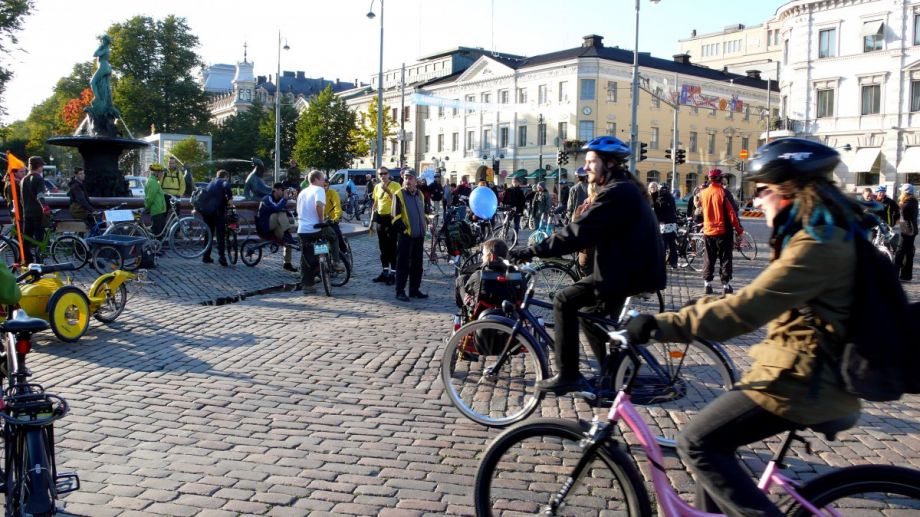
Earlier this month, Helsinki launched a new bike-share program wholly integrated with the rest of the city’s public transportation system — including streetcars, a subway, commuter trains, buses and ferries. According to a statement from the city, all modes of transit, including bike-share, are now included in a regional transportation planning app and can be accessed using the Helsinki Travel Card. The app will point users to the optimal route from point A to point B using any and all modes, alerting them to the location of bike-docking stations and sharing how many bikes are currently available. The smart card serves as payment on all of the cities’ transportation services, and for registered bike-share users, can serve as identification to unlock a bike.

On a technical level, cities like Philadelphia are also looking for ways to better integrate payment and way finding technology to make bike-share use easier to combine with public transit. Travel planning app Moovit already gives users the integrated view of public transportation that Helsinki’s system offers, allowing users to see the location and availability of bike-share bikes as part of planning trips that may also include other forms of transportation in over 110 cities around the world.
Helsinki’s bike-share program launched at the beginning of May with 500 cycles and 50 docking stations. In 2017, it will expand to 1,500 bikes and 150 stations. The stations are powered by built-in solar panels, and the program is not available in winter.
From our partners:
This feature originally appeared in Next City.
















